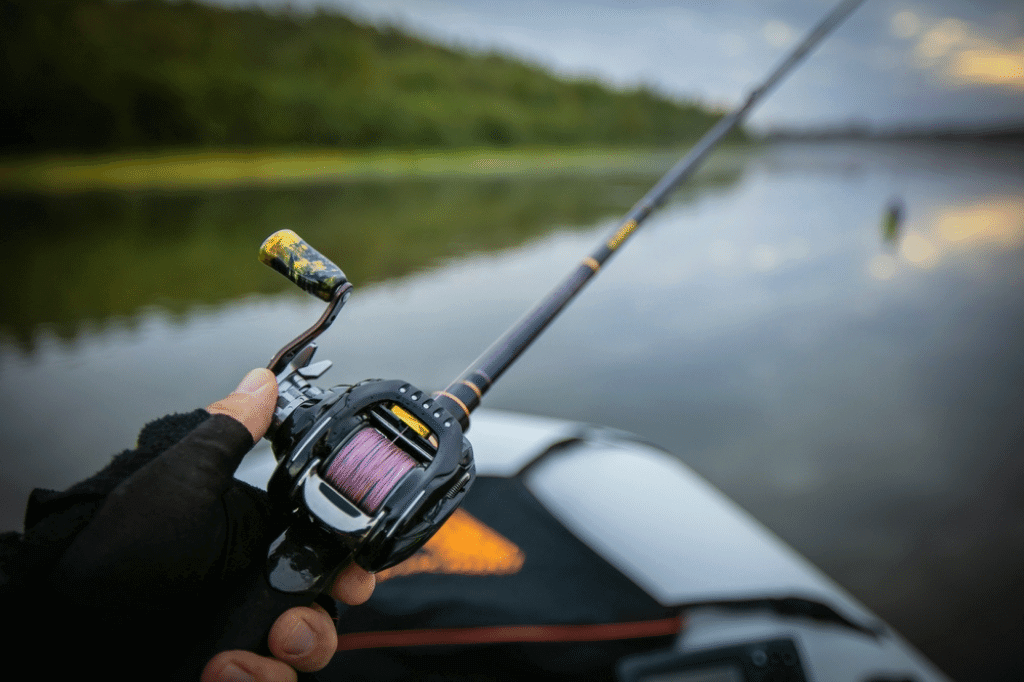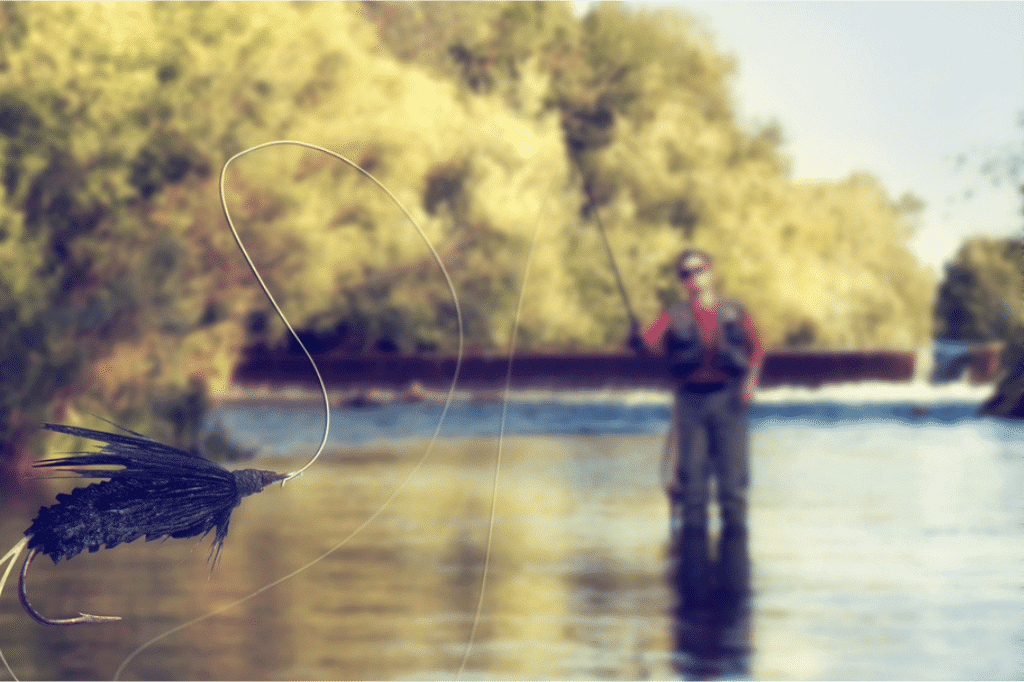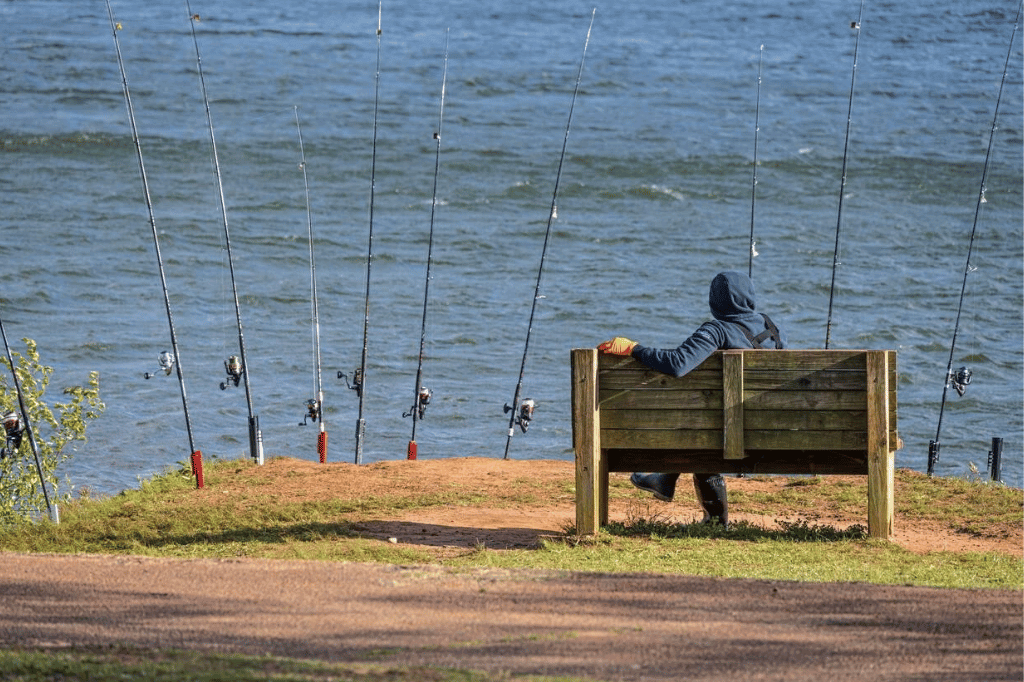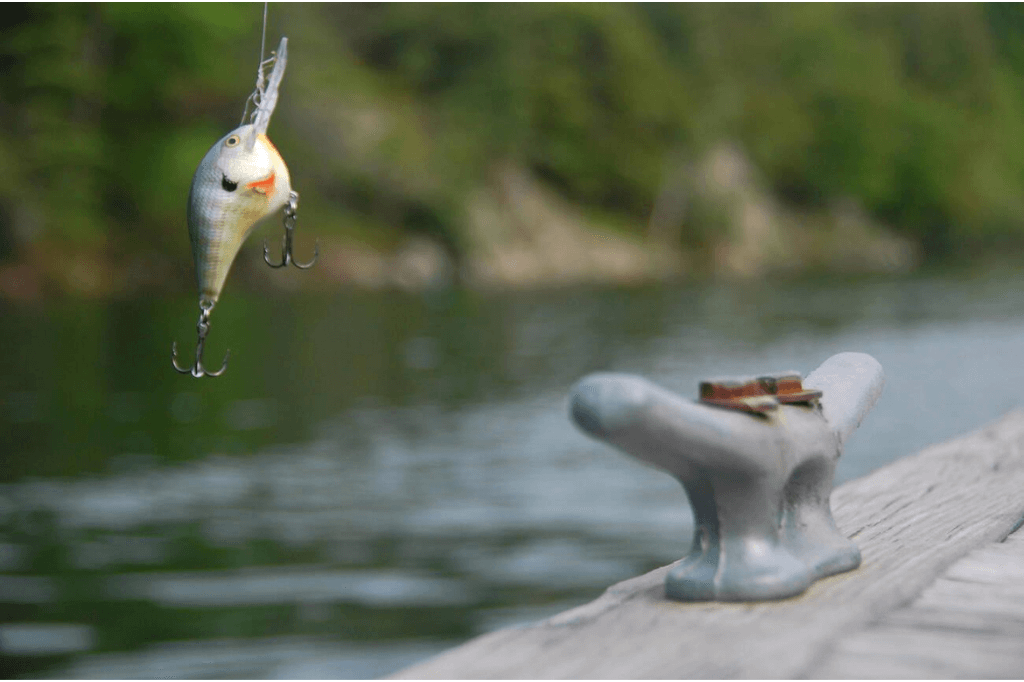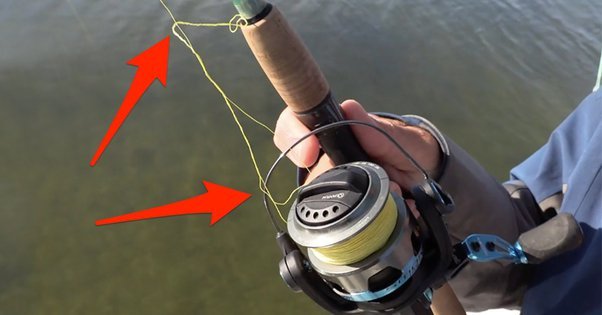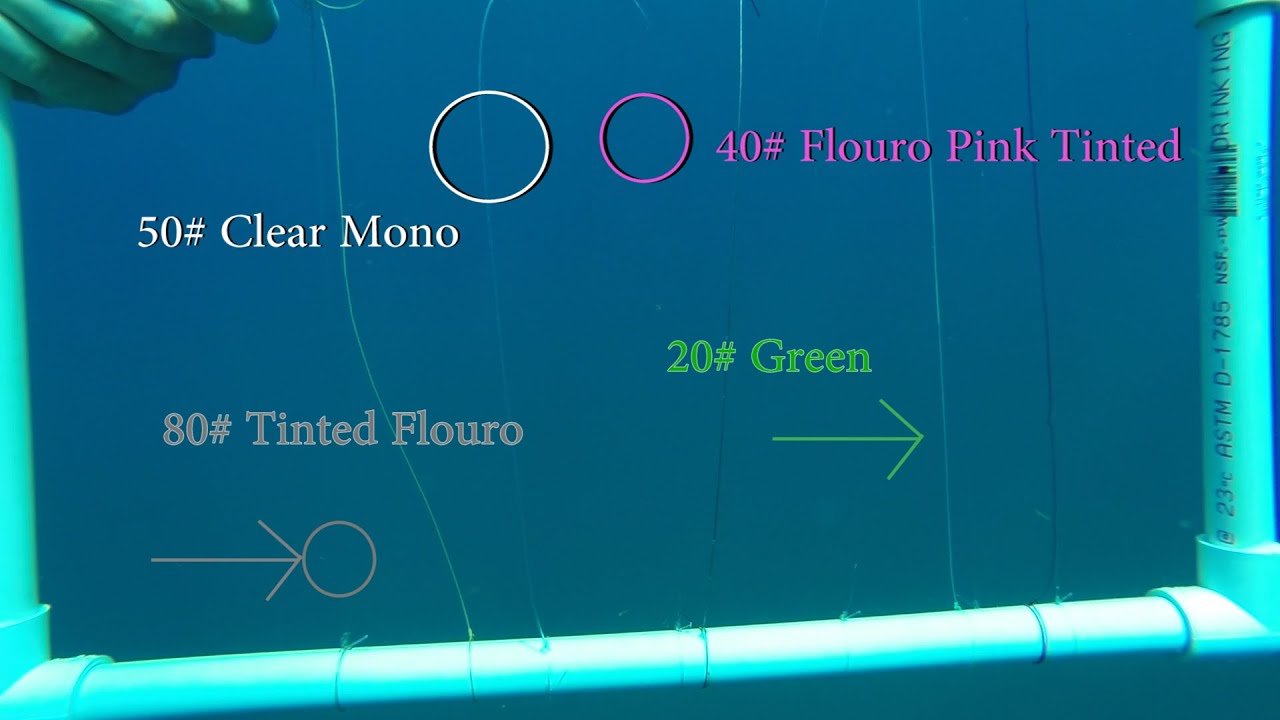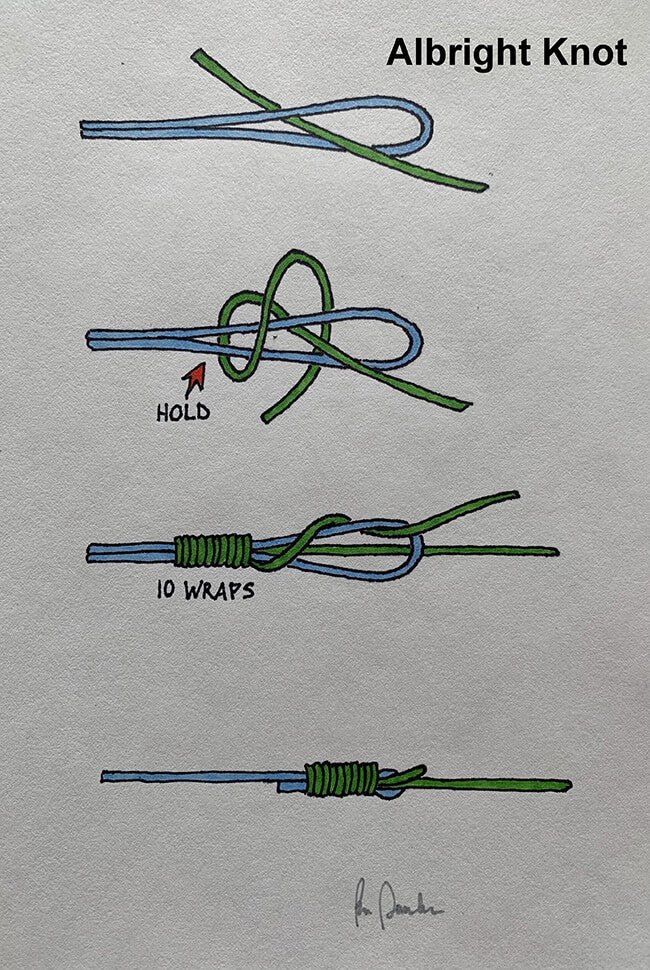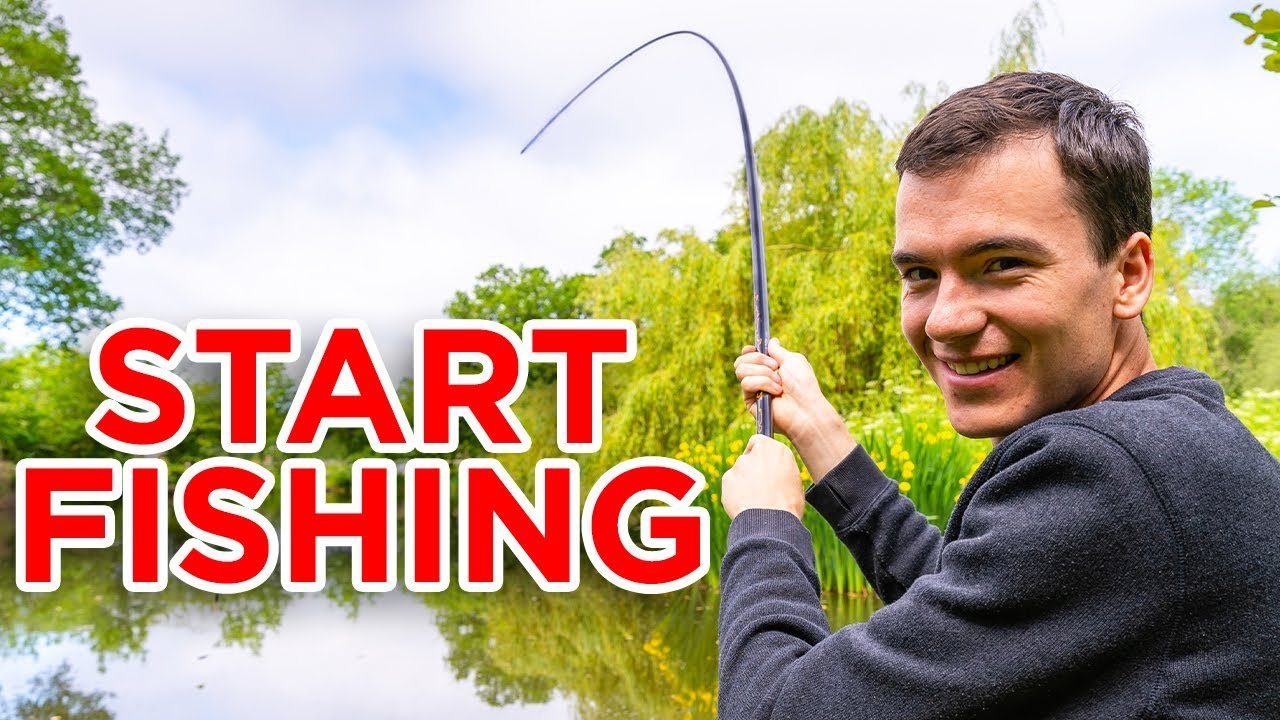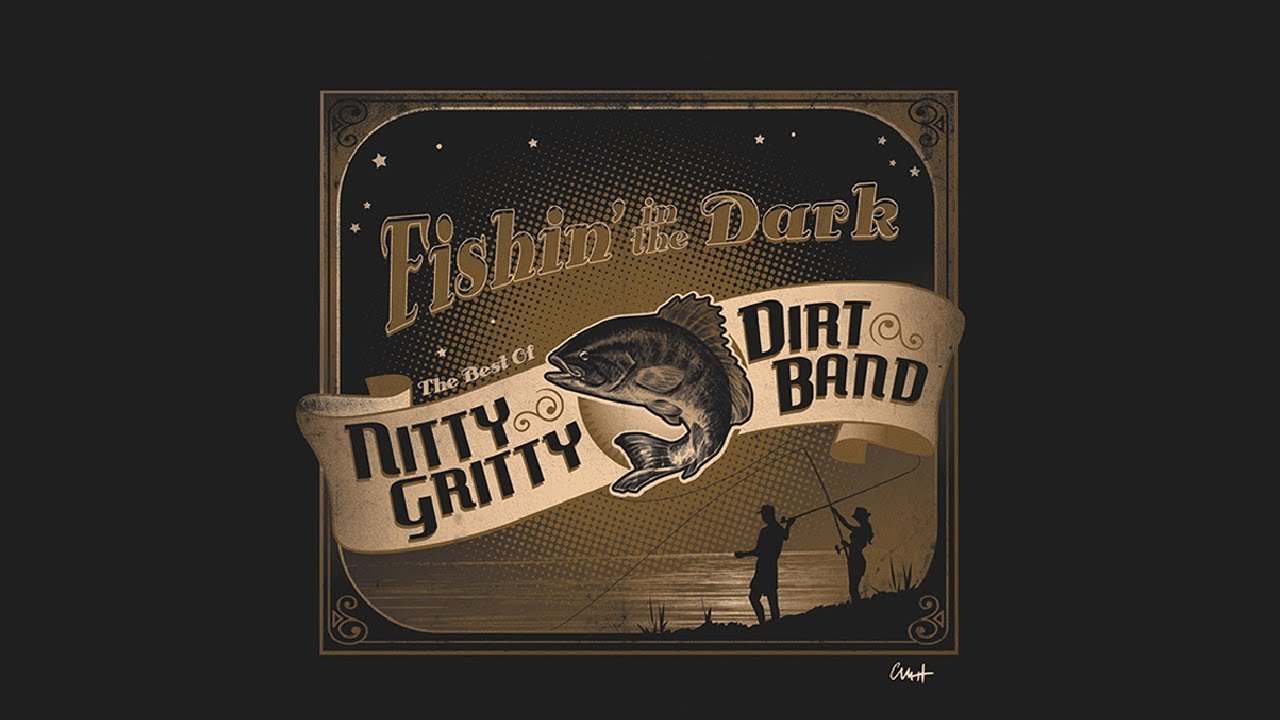Baitcaster reels are designed for accuracy and power. They are ideal for targeting specific spots and handling heavy lures. These reels feature a revolving spool and a braking system, allowing for precise adjustments. Anglers appreciate the control baitcaster reels provide, especially in challenging fishing conditions.
Mastering a baitcaster reel can be tricky, but the benefits make it worth the effort. Many seasoned fishermen prefer baitcaster reels for their reliability and performance. Whether fishing in freshwater or saltwater, a baitcaster reel can enhance your angling experience. Make sure to practice and adjust the settings for the best results.
Introduction To Baitcaster Reel
Baitcaster reels are a favourites among serious anglers. These reels offer precision and power. They are perfect for catching larger fish. Baitcasters can be tricky to master. But the benefits make it worth the effort.
The Popularity Of Baitcasters
Baitcasters have become very popular. Many anglers choose them for their fishing needs. Their popularity comes from their design and functionality. They provide better control over the fishing line. This is crucial for casting accurately.
Baitcasters are often used in tournaments. Professional anglers rely on them for their reliability and performance. This has increased their popularity among hobbyists. Many fishing enthusiasts are switching to baitcasters.
Benefits For Anglers
There are several benefits to using baitcaster reels. One of the main advantages is casting accuracy. The design allows for precise casting. This is essential when fishing in tight spots.
- More control: Anglers can control the speed and distance of their cast.
- Stronger drag system: This helps in reeling in larger fish.
- Durability: Baitcasters are built to last and handle heavy use.
Another benefit is the ability to handle heavier lines. Baitcasters can accommodate thicker lines. This is important for catching bigger fish. They also provide better sensitivity. This allows anglers to feel even the slightest bite.
Here is a quick comparison of the benefits of baitcasters:
| Benefit | Description |
|---|---|
| Control | Allows for precise casting and control over the line. |
| Drag System | Stronger drag system for reeling in larger fish. |
| Durability | Built to withstand heavy use and last longer. |
| Line Capacity | Handles heavier lines for bigger catches. |
| Sensitivity | Provides better feel for bites and movements. |
These advantages make baitcasters a great choice for any angler. Their design and functionality offer significant benefits. Anglers looking to improve their fishing experience should consider them.

Anatomy Of A Baitcaster
The anatomy of a baitcaster is essential knowledge for any angler. Understanding the parts and how they work can improve your fishing experience. This guide will walk you through the key components and reel specifications of a baitcaster reel.
Key Components
A baitcaster reel consists of several key components. Each part plays a crucial role in the reel’s performance.
- Spool: Holds the fishing line.
- Handle: Used to retrieve the line.
- Drag System: Controls the line tension.
- Brake System: Prevents backlash during casting.
- Line Guide: Ensures even line distribution.
Reel Specifications
Understanding reel specifications can help you choose the right baitcaster. Here are the most important specifications to consider:
| Specification | Description |
|---|---|
| Gear Ratio | Defines the speed of the retrieve. Higher ratios mean faster retrieves. |
| Ball Bearings | Indicate the smoothness of the reel. More bearings usually mean smoother operation. |
| Line Capacity | Specifies how much line the spool can hold. Choose based on the type of fishing. |
| Weight | Affects the overall feel and ease of use. Lighter reels are often preferred. |
By understanding these key components and reel specifications, you can make an informed decision. A well-chosen baitcaster can enhance your fishing experience, making it more enjoyable and successful.
Setting Up Your Baitcaster
Setting up a baitcaster reel can be challenging for beginners. With the right approach, you’ll be ready to fish in no time. Follow these steps to ensure your baitcaster is set up correctly.
Spooling The Line
Properly spooling the line is crucial for smooth casting. Follow these steps:
- Secure the reel to the rod.
- Thread the line through the rod guides.
- Tie the line to the spool using an arbour knot.
- Keep the line tight and spool evenly.
- Fill the spool until it’s about 1/8 inch from the edge.
| Step | Action |
|---|---|
| 1 | Secure the reel to the rod |
| 2 | Thread the line through the rod guides |
| 3 | Tie the line to the spool with an arbor knot |
| 4 | Keep the line tight and spool evenly |
| 5 | Fill the spool until it’s about 1/8 inch from the edge |
Adjusting The Brakes
Adjusting the brakes helps control the spool’s speed. Follow these steps:
- Locate the brake adjustment knob.
- Start with the brakes fully engaged.
- Gradually reduce the brake setting.
- Test cast to find the optimal setting.
- Fine-tune for different lure weights.
Tip: Always test your settings in a safe area before heading out to fish.
Remember: A well-adjusted brake system prevents backlash and improves casting accuracy.
Casting Techniques
Mastering the casting techniques of a baitcaster reel enhances your fishing experience. These techniques help you achieve precision and distance. Learn the following methods to improve your baitcaster skills.
The Overhead Cast
The overhead cast is the most common technique. It provides both distance and accuracy. Follow these simple steps:
- Grip the baitcaster reel handle firmly.
- Press the spool release button.
- Raise the rod tip above your shoulder.
- Swing the rod forward while releasing the spool.
- Control the spool with your thumb to prevent backlash.
Practice this technique to achieve smooth, long-distance casts.
Pitching And Flipping
Pitching and flipping are essential for short-range accuracy. These techniques are ideal for targeting specific spots. Learn each one below:
Pitching
- Hold the lure in your non-dominant hand.
- Lower the rod tip and release the spool.
- Use a pendulum motion to swing the lure forward.
- Control the spool with your thumb for a soft landing.
Flipping
- Let out some line and hold it between your fingers.
- Raise the rod tip to lift the lure.
- Swing the rod tip forward while releasing the line.
- Use your thumb to control the spool and prevent backlash.
Pitching and flipping are great for fishing in tight spaces. They allow you to place the lure exactly where you want it.
Troubleshooting Common Issues
Using a baitcaster reel can be tricky. Many anglers face common problems. Let’s explore some solutions.
Dealing With Backlash
Backlash, also known as a bird’s nest, is a frequent issue. It happens when the spool spins faster than the line release.
Here are some tips to handle backlash:
- Adjust the spool tension knob: Tighten it to reduce spool speed.
- Use the brake system: Apply brakes to control spool rotation.
- Practice casting: Improve your thumb control with practice.
Regularly inspect your line for tangles. Replace it if damaged. This prevents further issues.
Maintenance Tips
Proper maintenance ensures your baitcaster reel performs well. Follow these maintenance tips:
- Clean your reel: Rinse with fresh water after use. This removes dirt and salt.
- Lubricate moving parts: Apply oil to the spool and handle. This keeps them smooth.
- Check the drag system: Ensure it works correctly. Adjust if needed.
- Store properly: Keep your reel in a cool, dry place.
Regular maintenance extends the life of your reel. It also improves your fishing experience.
Advanced Baitcaster Skills
Mastering a baitcaster reel requires practice and patience. Once you’ve got the basics, it’s time to refine your skills. Advanced baitcaster techniques can greatly improve your fishing experience. Let’s dive into some essential skills that will elevate your game.
Fine-tuning For Distance
Fine-tuning your baitcaster reel ensures you cast further. Adjust the spool tension knob to match the weight of your lure. This prevents backlash and increases distance.
Next, set the brake system. Use a lower brake setting for heavier lures. This allows the lure to travel further without resistance.
Experiment with different settings. Find the perfect balance for your casting style and conditions.
| Setting | Purpose |
|---|---|
| Spool Tension | Controls lure descent speed |
| Brake System | Reduces backlash |
Accuracy In Casting
Accuracy is crucial for landing your lure in the right spot. Focus on your target and keep your eyes on it.
Use your thumb to control the spool. This helps you stop the lure exactly where you want it.
Practice with different casting techniques. Try sidearm, overhead, and underhand casts to see which works best for you.
- Sidearm Cast: Ideal for low, horizontal casts.
- Overhead Cast: Great for long-distance casting.
- Underhand Cast: Perfect for short, precise casts.
Remember to stay relaxed. Tension in your body can affect your accuracy.
Choosing The Right Baitcaster
Choosing the right baitcaster reel can make a big difference in your fishing experience. Understanding the key features and how they work together helps you catch more fish and have more fun.
Gear Ratios Explained
One important feature of a baitcaster reel is the gear ratio. This tells you how many times the spool turns with each handle turn. A higher gear ratio means the spool turns more times, making it faster. A lower gear ratio means the spool turns fewer times, making it stronger.
Common gear ratios include:
- 5.4:1 – Great for deep cranking
- 6.4:1 – Good all-round ratio
- 7.1:1 – Ideal for fast retrieves
Think about the type of fishing you want to do. Fast gear ratios are good for lures that move quickly. Slow gear ratios are better for heavy baits and deep water.
Matching Rod To Reel
Matching your rod to your reel is just as important. The rod and reel should work together. This helps you cast farther and fight fish better.
Consider these factors:
| Rod Power | Reel Size |
|---|---|
| Light | Small reel |
| Medium | Medium reel |
| Heavy | Large reel |
Make sure the rod and reel balance well in your hand. A balanced setup helps you fish longer without getting tired. Choose a rod length that fits your fishing style. Longer rods cast farther, while shorter rods are more accurate.
Using the right baitcaster reel makes fishing more fun and successful. Pay attention to gear ratios and match the rod and reel for the best results.
Tactics For Different Fishing Scenarios
Fishing with a baitcaster reel can be a game-changer, but different scenarios require different tactics. Mastering these tactics ensures success, whether you’re fishing in freshwater or saltwater, or targeting specific species. Below, we explore the best approaches for various situations.
Freshwater Vs Saltwater
Fishing in freshwater and saltwater environments demands different strategies. The type of water affects everything from the bait you use to the reel settings.
| Environment | Tactics |
|---|---|
| Freshwater |
|
| Saltwater |
|
Targeting Specific Species
When targeting specific species, understanding their habits and preferences is crucial. Different fish require different approaches.
- Bass: Use crankbaits and spinnerbaits. Fish near rocks and underwater structures.
- Trout: Opt for smaller, more natural-looking lures. Fish in clear waters with a steady current.
- Redfish: Use live bait or scented lures. Target shallow waters and grassy flats.
- Snook: Fish near mangroves and docks. Use jigs and top water lures.
Each species has unique behaviours and habitats. Adapting your tactics can significantly improve your catch rate. Knowing where and how to fish for each type is half the battle won.
Learning From The Pros
Learning from the pros can elevate your fishing game. They have years of experience and a wealth of knowledge. They can teach you to use a baitcaster reel like a champion. Watch and learn from their techniques and tips.
Influential Anglers To Follow
Following influential anglers can boost your skills. These anglers share their secrets and tips on social media and YouTube. Here are a few to start with:
- Kevin VanDam: Known as KVD, he is a four-time Bassmaster Classic winner. He shares his expert baitcasting techniques.
- Bill Dance: A fishing legend with a popular TV show. He offers practical tips for all fishing levels.
- Mike Iaconelli: Famous for his dynamic fishing style. He provides engaging tutorials and live streams.
Competitive Fishing Insights
Competitive fishing offers valuable insights for using a baitcaster reel. Professional anglers use specific techniques to gain an edge. Here are some key points:
| Technique | Description |
|---|---|
| Pitching | Used for short, precise casts. Ideal for heavy cover fishing. |
| Flipping | Allows for silent, close-range casts. Great for stealthy approaches. |
| Skipping | Enables bait to skim the water surface. Useful for under docks and overhangs. |
Master these techniques to improve your baitcaster reel skills. Watch competitive anglers and practice regularly.
Conservation And Ethical Angling
Conservation and ethical angling are crucial for protecting our waterways and fish populations. Using a baitcaster reel responsibly can help maintain the delicate balance of our ecosystems. Anglers must adopt sustainable practices to ensure the future of fishing.
Responsible Fishing Practices
Using a baitcaster reel requires skill, but also responsibility. Catch and release is a key practice to follow. This helps maintain fish populations. Use barbless hooks to minimize harm to fish. Handle fish gently and return them to the water quickly.
- Use barbless hooks
- Handle fish with wet hands
- Avoid fishing in spawning areas
- Use appropriate gear for the fish size
Remember to follow local fishing regulations. They are in place to protect fish species. Always check the rules before you go fishing.
Supporting Sustainable Fisheries
Supporting sustainable fisheries is essential. Choose to fish in areas that promote conservation. Look for fisheries that follow ethical practices.
| Feature | Benefit |
|---|---|
| Catch limits | Prevents overfishing |
| Seasonal restrictions | Protects breeding periods |
| Size limits | Ensures fish maturity |
Educate yourself about the environmental impact of fishing. Support organizations that promote sustainable practices. Share knowledge with fellow anglers.
- Join local conservation groups
- Participate in cleanup efforts
- Advocate for responsible fishing laws
By following these guidelines, you contribute to the health of our fisheries. Ethical angling ensures that future generations can enjoy fishing too.
Frequently Asked Questions
Why Use A Baitcaster Vs Spinning Reel?
Use a baitcaster for better accuracy, control, and power. Ideal for heavy lures and precise casting. Spinning reels are easier for beginners.
Why Do Pro Bass Fishermen Use Baitcasters?
Pro bass fishermen use baitcasters for better casting accuracy, control, and power. These reels handle heavier lines and lures efficiently.
Why Fish With A Baitcaster?
Fish with a baitcaster for precision casting and better control. It handles heavier lines and lures efficiently. Ideal for targeting larger fish. Enjoy improved accuracy and fewer tangles.
What Is The Difference Between A Baitcaster And A Conventional Reel?
A baitcaster reel offers precise casting and is ideal for experienced anglers. A conventional reel is better for heavy-duty fishing and offshore use.
Conclusion
Mastering a baitcaster reel can elevate your fishing experience. With practice, you’ll enjoy precision and control. Choose the right reel, and soon, you’ll see improved results. Enhance your skills and make every fishing trip more rewarding. Happy fishing!

